Tallest Cup Tower
When you look at tall towers, do you ever wonder why they don’t fall over? What makes them so stable? This activity encourages students to explore gravity, distribution of weight, and the design of a structure to help it hold itself in place—all of which are key to civil and structural engineering.
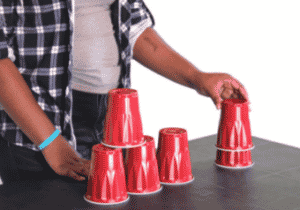
Materials
Instructions
Guiding Questions
STEM Connections
Enjoy this activity?
Join our community and receive activities, early access to programs, and other special news, and/or leave feedback on this activity below!
Thank you! Your submission is processing.
Submitting...
Related Activities
View All
DiscoverE helps create activities like this around Design Challenge, Structures for children in Kindergarten to 2nd Grade and Elementary School and Middle School to help prepare them for STEM careers in fields like Civil.

 Large paper or plastic cups of uniform size, 100 per team (12 oz or 16 oz are best)
Large paper or plastic cups of uniform size, 100 per team (12 oz or 16 oz are best) Place an upside-down cup where students can see it. Place a right-side-up cup on top of it so that the bottom of the second cup rests on the bottom of the first cup. Ask students, “How many cups do you think we can add to these two before the tower falls over?” Take some guesses from students before starting to add cups. Continue adding cups until the tower topples. Once it does, ask students why they think that happened. As needed, paraphrase students’ speculations by using the terms stability and balance. Tell them that their challenge is to make a tower as tall as possible, but that won’t fall over.
Place an upside-down cup where students can see it. Place a right-side-up cup on top of it so that the bottom of the second cup rests on the bottom of the first cup. Ask students, “How many cups do you think we can add to these two before the tower falls over?” Take some guesses from students before starting to add cups. Continue adding cups until the tower topples. Once it does, ask students why they think that happened. As needed, paraphrase students’ speculations by using the terms stability and balance. Tell them that their challenge is to make a tower as tall as possible, but that won’t fall over. Divide the class into small teams. Tell them to spend a few minutes trying out different arrangements of cups to get ideas for which design would work best. Call attention to the teams who are experimenting with making the base layer of cups bigger than the layers above. Ask them to explain their reasoning before noting that a broader base can create strength and stability for the layers above. Encourage all teams to try out different configurations for the bases of their towers.
Divide the class into small teams. Tell them to spend a few minutes trying out different arrangements of cups to get ideas for which design would work best. Call attention to the teams who are experimenting with making the base layer of cups bigger than the layers above. Ask them to explain their reasoning before noting that a broader base can create strength and stability for the layers above. Encourage all teams to try out different configurations for the bases of their towers.
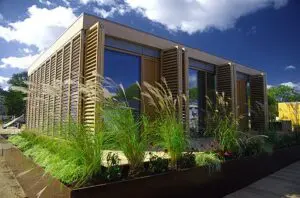
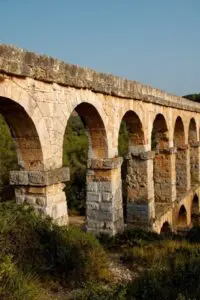
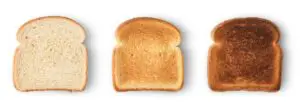
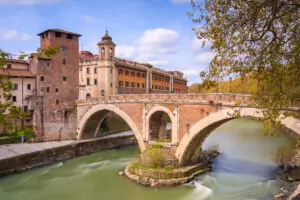

7 Comments
Thanks
I plan to use this activity with my K-2 afterschool STEM classes this week.